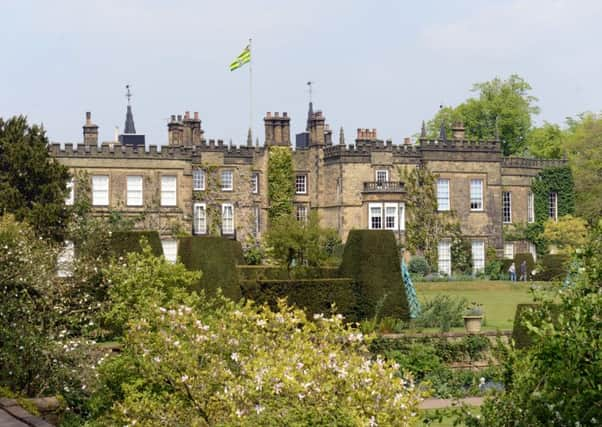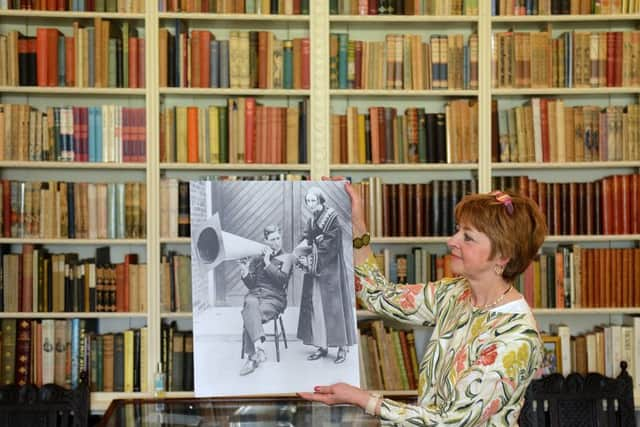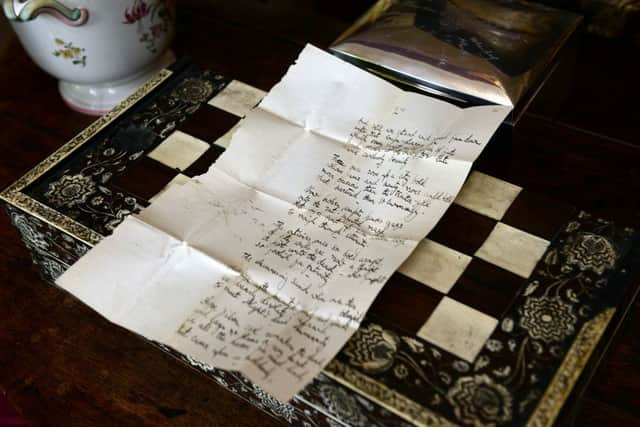Exposing the literary history of England's most famous houses


Towards the end of the tour, Christine Beevers points to a cardboard box on the table in front of us. “Someone got in touch about that a month ago and said we might like it,” she says, and takes the lid off. Inside, looking rather forlorn, is a stuffed Little Owl. Little but literary, as most things are here at Renishaw Hall, on the Sheffield-Derbyshire border.
The 400-year-old house, with its glorious gardens, was the family home of the formidable Sitwell trio of high-born, high-flown writers – Edith, Osbert and Sacheverell – who took London by storm in the Twenties. In its own park (and its own world) up a long drive near the village of Eckington, it will be hosting the first of a new series of literary tours tomorrow.
Advertisement
Hide AdAdvertisement
Hide AdSo the owl’s arrival, in its cardboard coffin, turns out to be very timely. “It was a spoof prize which the Sitwells sent to the person who had written the dullest literary work of the year,” says Christine, Renishaw’s archivist, who will be leading the tours.


She unfolds a slip of paper tucked in beside the bird. On it is the name Charles Sewter, an art historian and editor of the prestigious Burlington Magazine. And there’s a poem:
“The candidate the critics rate
Nor fish nor flesh nor fowl
Upon a date receives a crate


Of desiccated owl.”
Isn’t that so typical of the Sitwell siblings’ – indeed the whole family’s – famed eccentricity, I suggest? Christine demurs: “I’d say they were independent-minded. I’d go for quirkiness instead of eccentricity.”
Well, up to a point... The first time I visited Renishaw, about 20 years ago, I was taken round by its then owner, Sir Reresby Sitwell, son of Sacheverell. In a voice as rich as vintage port, he described how his “auntie” (Dame Edith) made “absolutely lethal Martinis”. Puffing a fat cigar, he buffered round an exhibition of pictures by John Piper, an old family friend (“Look at this... Touch of Picasso, Blue Period, Cubism and so on...”).
Advertisement
Hide AdAdvertisement
Hide AdHe was expecting a telephone call from a man in London he wanted me to talk to. “Why don’t you go and look at the garden?” he said. “I’ll ring you when he rings and you can scamper back to the house.”
